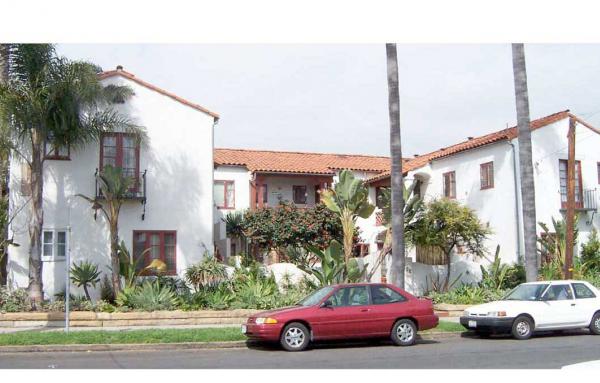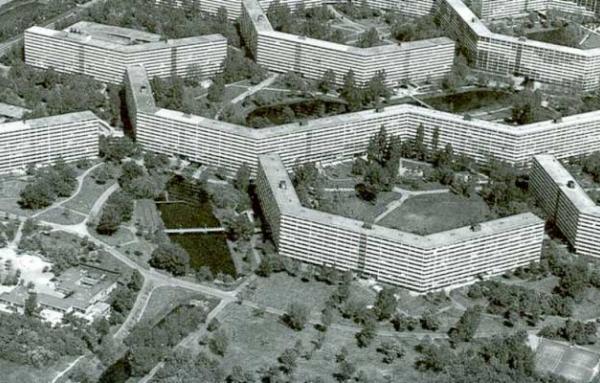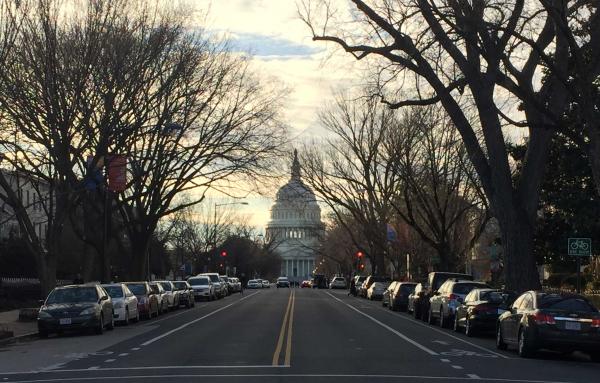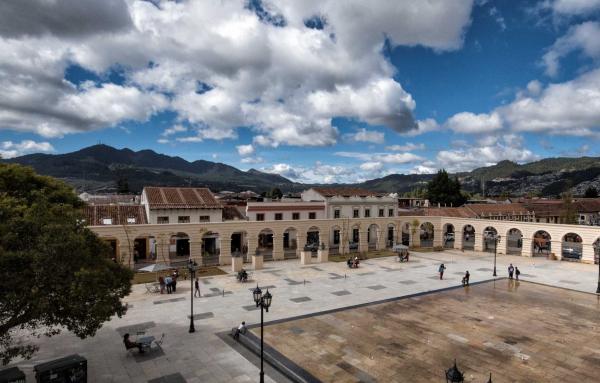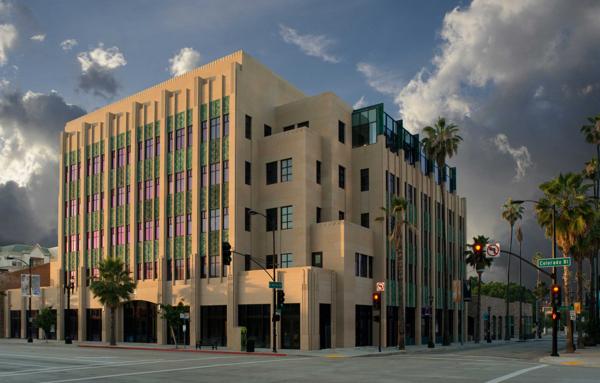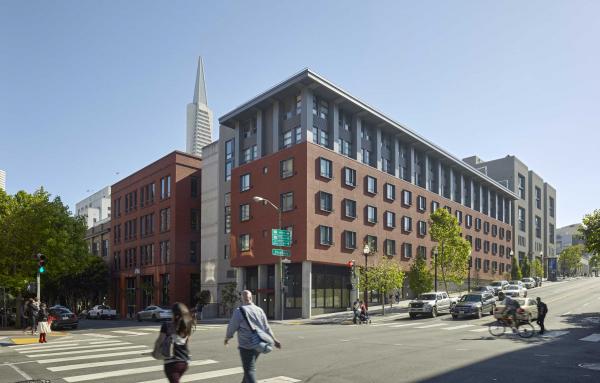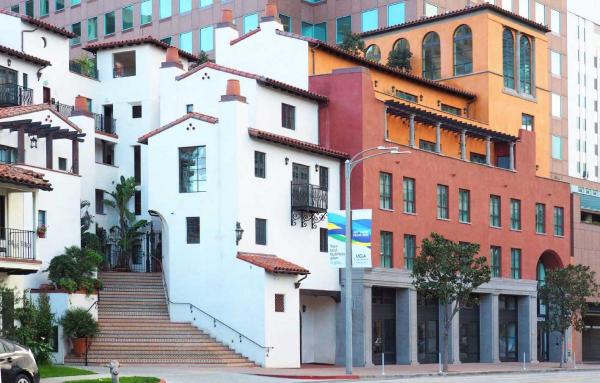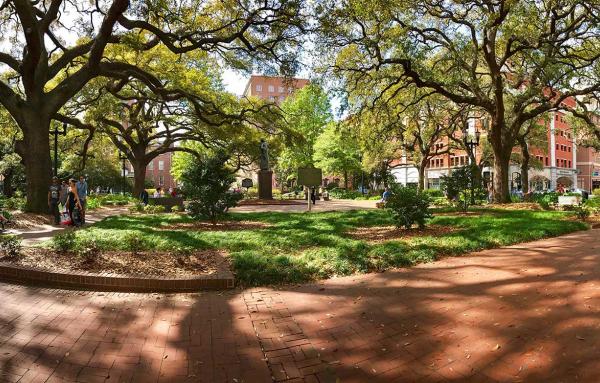Design
A balanced project with placemaking that meets the market and gets public approval requires patience and understanding of building types.
The "missing middle" opens lines of communication about diverse housing choices that are compatible in form and scale with detached, single-family homes in walkable neighborhoods.
A film depicting the famous 1933 voyage of modernist architect members of CIAM from Marseilles to Athens on the Patris II, reminds me of the good that new urbanists are doing today.
Some of Seaside’s leading architects return to a town both blessed and stressed by a crush of visitors.
Pierre L’Enfant created the physical framework for a resilient, dynamic, and sometimes disorienting city—now the hidden celestrial meaning behind the patterns is finally revealed.
A dilapidated former municipal building, embodying decades of history in the historic Mexican city of San Cristobal, has been converted into a civic museum complete with an elegant and dignified new plaza.
“Making the City Hall a museum...
New deco mixed-use building in Pasadena broke a community log jam with distinctive and lovable design that responds to its surroundings.
In an area that once suffered in-city freeway blight, this mixed-use housing project creates a beautiful urban streetwall with modern sensibility.
The timeless and artful Plaza La Reina, a new hotel in a transit-oriented Los Angeles neighborhood, shows the impact of a building on a city.
The great Yale lecturer had an impact on movements that are changing the face of communities in the US and beyond.
A tour through the historic area of Savannah, Georgia, yields boundless examples of how to build great places.

